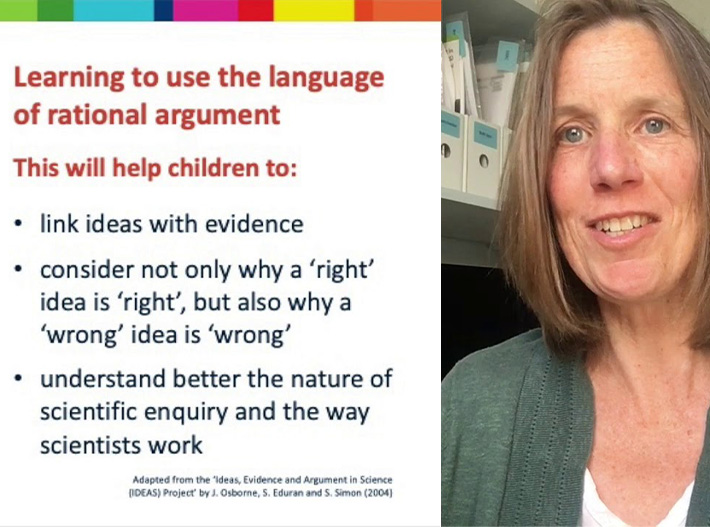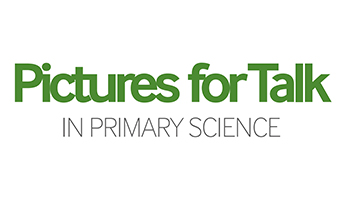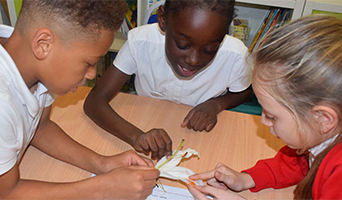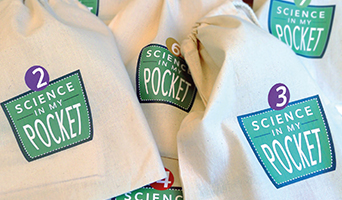- Children learn to talk effectively in groups.
- Children learn to link scientific ideas with evidence.
- Pupil participation is high, including SEN and EAL children.
- Assessment for learning opportunities are built in.
Teaching children to think and explain their scientific ideas provides opportunities for them to explore why they believe something to be true. Children often accept given ideas as truths without having the chance to consider why they might be true, or whether alternative explanations may exist. This makes it very difficult for children to explain their ideas to anybody else.
Equally, children need opportunities to consider and explain why they think an idea might be wrong. The conflict between children’s everyday experiences and the experience in the classroom is often inadequately explored. Without the chance to consider their ‘wrong’ ideas, it is difficult for children to give these ideas up.
By constructing their own explanations, children have the chance to explore scientific terminology and use it with genuine understanding. Children might learn to use scientific words but not actually know what they mean, or they might find using the scientific vocabulary hinders their understanding of concepts. Learning science through argument will present children with opportunities to establish a shared language of science, where new vocabulary is used with understanding.








